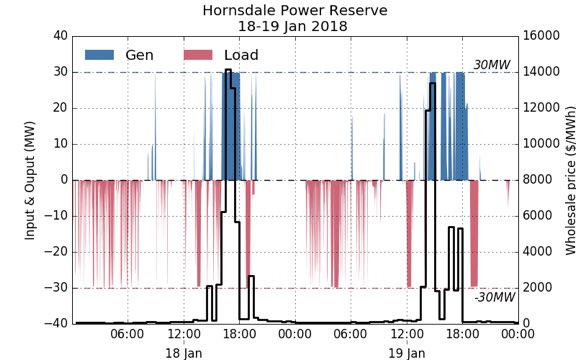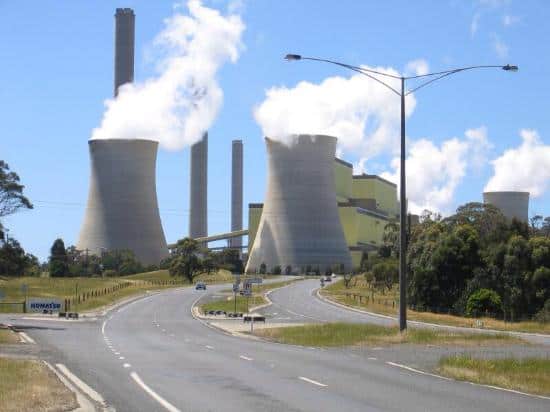The Tesla Battery in SA has earned an estimated $1m in the last few days due to warm temperatures and a very volatile electricity market. Since being announced in July of last year and completed in November, the battery has already withstood a test last December when the Loy Yang Power Station (sector A3) tripped and went offline – the battery was able to send 100MW to the grid in 140ms, despite being almost 1000km away. It’s now proving its value again during a hot Australian summer where it was paid up to $1000/MWh to charge itself last week, according to Electrek and RenewEconomy.
Tesla Battery in SA Earnings

The 100MW/129MWh Tesla Powerpack system installed in South Australia (which is known to the grid as the Hornsdale Power Reserve) was built by Tesla and is operated by Neoen -who have access to about 30MW/90MWh of the battery’s capacity to trade on the wholesale market. The South Australian government have access to the remaining electricity to help stabilise the grid.
As we saw with its 140ms response time, the Powerpack is able to offer energy to the wholesale market a lot faster than its rivals – allowing Neoen to profit from the large swings in energy prices in Australia (which become even more intense when we have a heatwave or there’s an outage at any of our major plants).
Elektrek are reporting that during certain peak periods, Neoen were able to sell energy at up to $14,000 per MWh, according to forecasts from RenewEconomy on the 23rd.
A couple of weeks ago Tesla was chosen to build another Powerpack battery in Bulgana, and the company fronted by the charismatic Elon Musk is also working in conjunction with Neoen to bid for even larger battery projects – so hopefully the good results the battery in SA has been delivering will bode well for the future.


